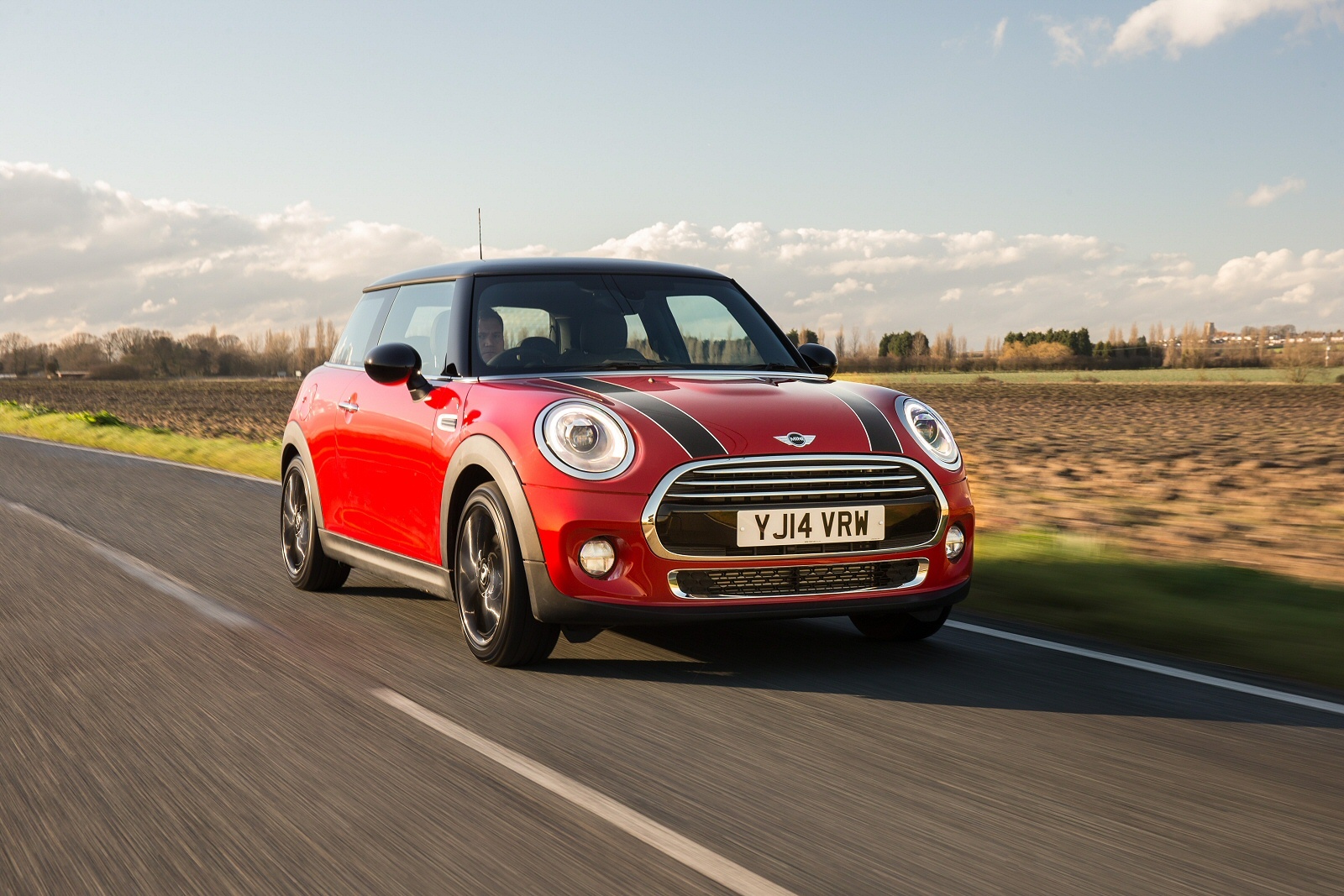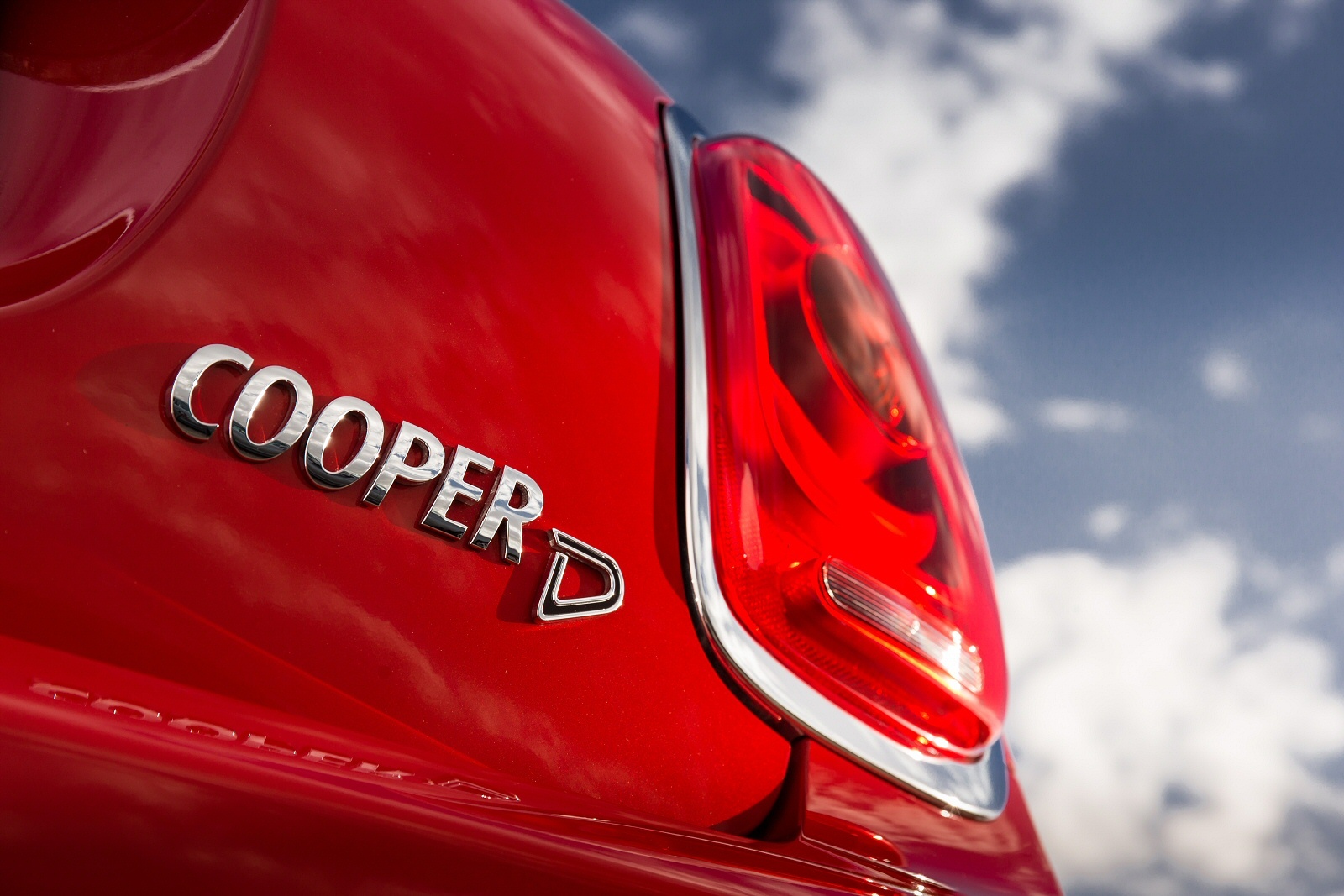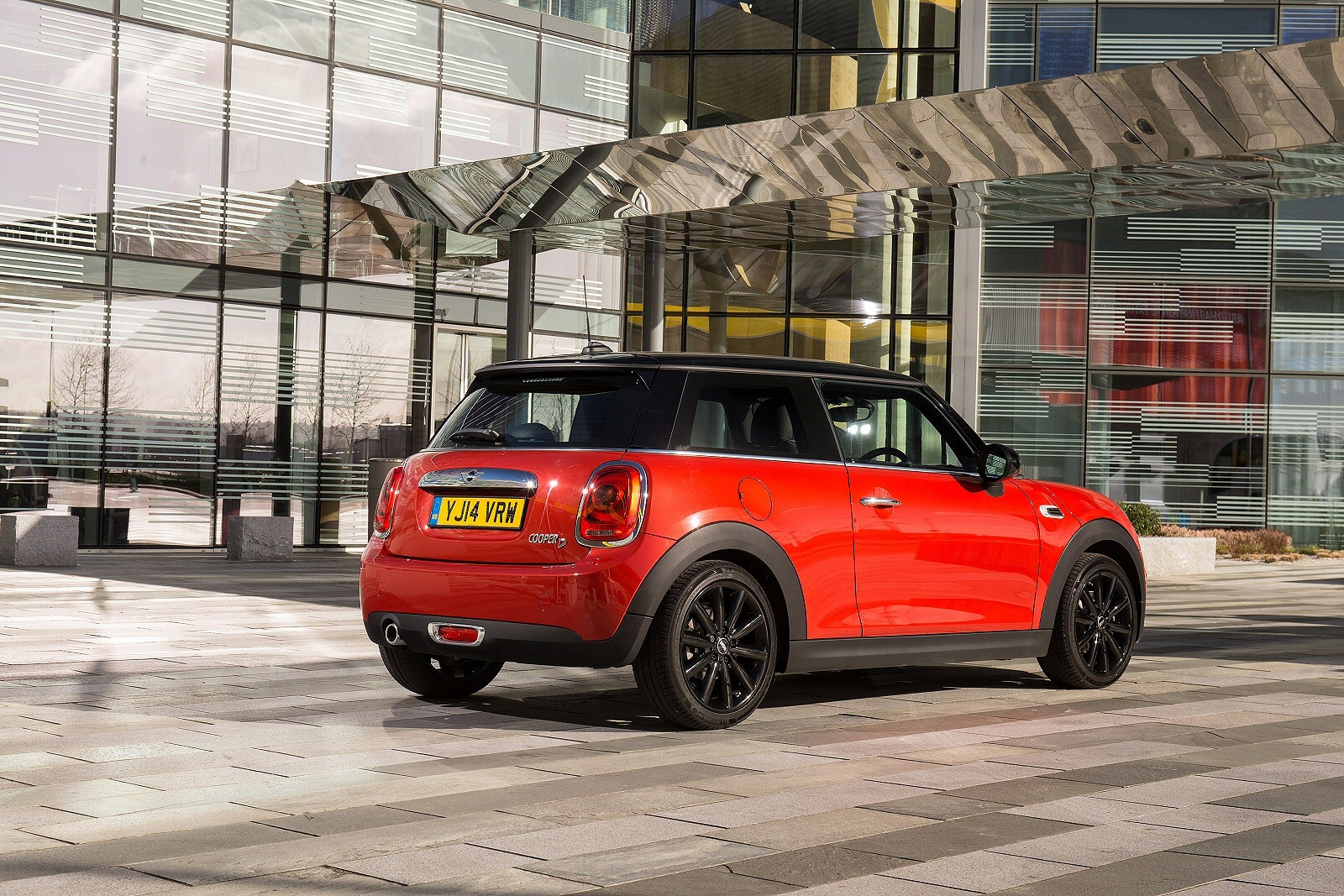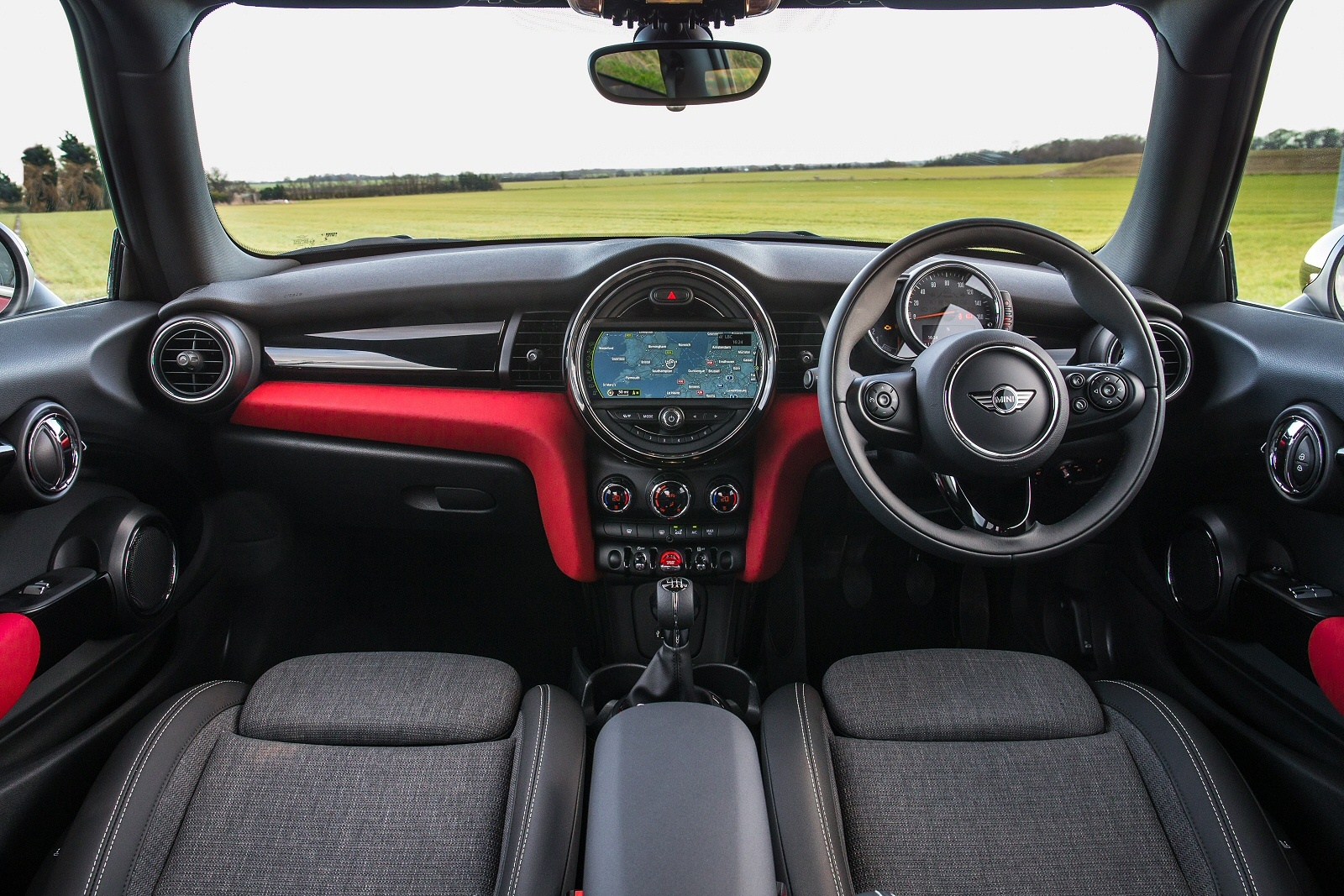The latest Mini Cooper D Hatch aims to hit that sweet spot of pace and parsimony.
The Cooper D is all about torque. There’s 199lb/ft available from just 1,750rpm, which means that you won’t have to rev the engine hard to extract meaningful performance. Peak power arrives at 4,000rpm which is relatively high for a diesel engine, but you’ll probably have shifted up before you get there.
Both a six-speed manual and a six-speed automatic gearbox are offered and there’s an optional sport auto available as well. Stick with the manual transmission and you’ll find a rev-matching mode on downshifts, making the shifts smooth and sporty-sounding. 62mph arrives in 9.2 seconds en route to a top speed of 127mph.
Prices start at around £16,500 for the Cooper D three-door Hatch, with the automatic version increasing that figure to just under £18,000. Some may well question why you’d pay around £1,100 over the price of the petrol-engined Cooper to land yourself a slower, heavier car, but while you are sacrificing a considerable 1.6 seconds in the sprint to 62mph, the Cooper D is a more relaxing car to drive. Don’t think of it as a sports hatch per se: the Cooper SD is going to make a better fist of that role. Instead, think of this car as a relaxed and refined diesel hatch with some sporty trimmings. Equipment includes hip-hugging black cloth sports seats, a DAB stereo, a three-spoke sports steering wheel, air conditioning, Bluetooth and keyless start.
This being Mini, there’s a huge amount of personalisation options, so you might well indulge in body stripes, a John Cooper Works spoiler, contrasting mirrors and LED headlights. You can also choose from technology such as a head-up display, the Mini Navigation System, Mini Connect infotainment gadgetry and traffic sign recognition.
Standard safety fittings include front and side airbags, as well as curtain airbags for the front and rear seats, automatic passenger airbag deactivation and front and
rear ISOFIX child seat mounts.
The big payback for diesel customers would appear to come in terms of fuel economy and it’s certainly hard to sniff at a figure of 76.3mpg which translates to an emissions return of some 98g/km. That’s quite a bit better than the 62.8mpg you’ll see in the petrol-engined Cooper. You won’t need to pay for road tax in the Cooper D, which always engenders a warm and fuzzy feeling, but the petrol-engined car only costs £20 a year to tax, so it’s not a huge saving there. In fact, you’d need to drive around 100,000 miles in the Cooper D to start realising its price premium over the Cooper back in terms of fuel savings. So what’s the point, I hear you ask. Well, it’s a different car, as we touched on earlier. A car with a more relaxed vibe: a model that’s a rangier and leggier thing. Some people like that, and
like the convenience of a vehicle with a longer range and lower day to day costs.
This Cooper D includes the Minimalism suite of environmental technologies which include a shift-point display function on manual cars, brake energy recuperation and need-oriented control of the fuel pump, coolant pump and other ancillary units. If I was asked which was the better car from a technical standpoint, a Mini Cooper or a Cooper D, I would unquestionably point to the petrol-engined model. It’s lighter, more agile and it’s almost as economical, on paper at least. If asked which of the two cars I’d prefer to live with for a year or two, I know I’d plump for the Cooper D. It’s a more mellow partner, it’ll ask less of you and I’d wager that you’re going to get a lot closer to its quoted fuel consumption figure in daily driving conditions than you are in the petrol car.
Mini has always been about offering customers choice. Choice of body styles, choice of engines, choice in how they personalise their vehicles. The Cooper D is a car that delivers the same look as the sporty Cooper but with a very different feel. It’s an interesting option and one that’s a little more nuanced than the always-on petrol models. It’ll certainly find a niche.
Facts & figures
Model: Mini Cooper D three-door Hatch
Price: From £16,500
Engine: 1.5-litre three-cylinder unit
Performance: 0-62mph in 9.2 seconds; top speed 127mph
Economy: 76.3mpg
CO2 rating: 98g/km



